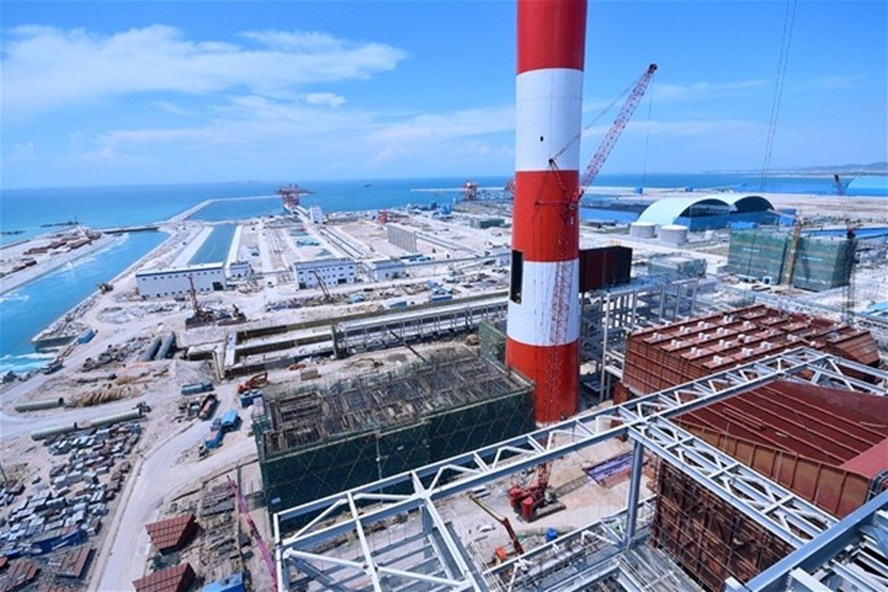
Scientists report titled “Burden of Disease from Rising Coal-Fired Power Plant Emissions in Southeast Asia” by Harvard University scientists said that coal emissions in the region will triple by 2030, the most serious in Indonesia and Vietnam.
From a detailed analysis of coal-fired power plants currently being planned or under construction in Southeast Asia, the report says that coal emissions in the region will triple by 2030, the most serious in Indonesia and Vietnam.
It is expected that by 2030, the number of coal power plants in Vietnam will increase to 133.
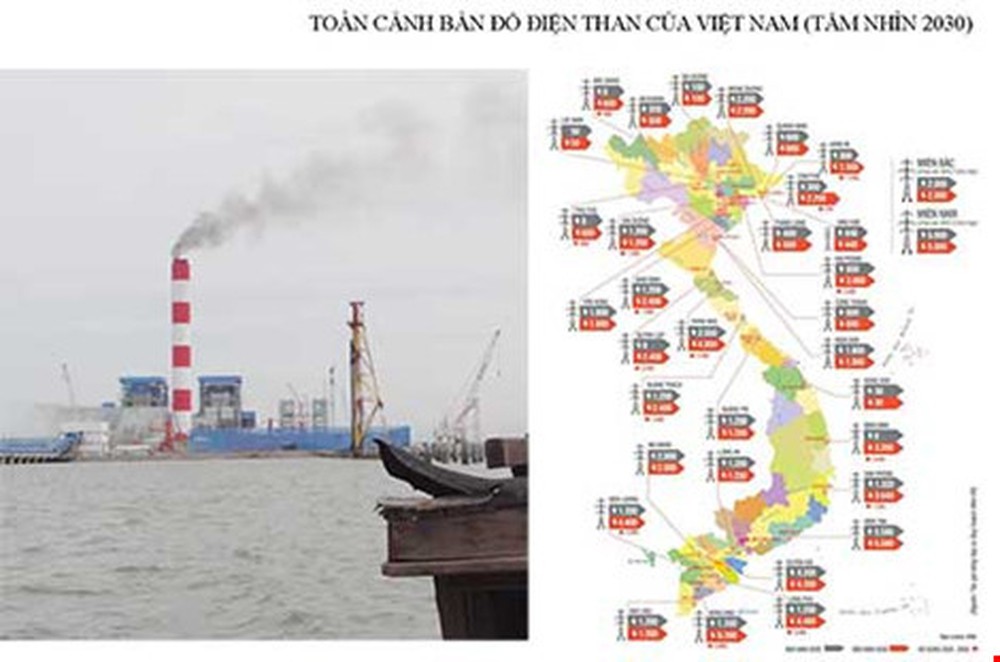
The report estimates that coal plants caused 4,252 premature deaths in Vietnam in 2011 and the number will increase to 19,223 by 2030.
In 2011, most premature deaths were caused by ischemic heart disease (6470) and stroke (5970). The premature death rate is the highest in Indonesia (7480 deaths per year), followed by Vietnam (4250 deaths per year). China suffered the third-highest premature mortality rate after Indonesia and Vietnam with 3,150 deaths each year.
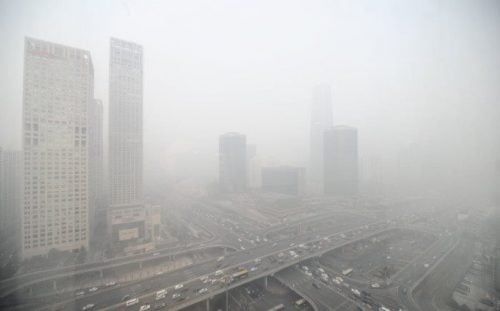
In 2030, in the context of Southeast Asia’s electricity generation is still expected to depend on coal, analysis of the report shows that the cost to human health is very serious.
The report estimates that about 20,000 premature deaths each year from coal pollution from power plants currently operating in Southeast Asia, with the greatest impact in Indonesia and Vietnam. These numbers could rise to about 70,000 deaths each year by 2030 if all coal plants currently approved in Southeast Asia will operate.
The highest number of premature deaths will again be in Indonesia (24,400 premature deaths each year) and Vietnam (19,220 premature deaths each year).
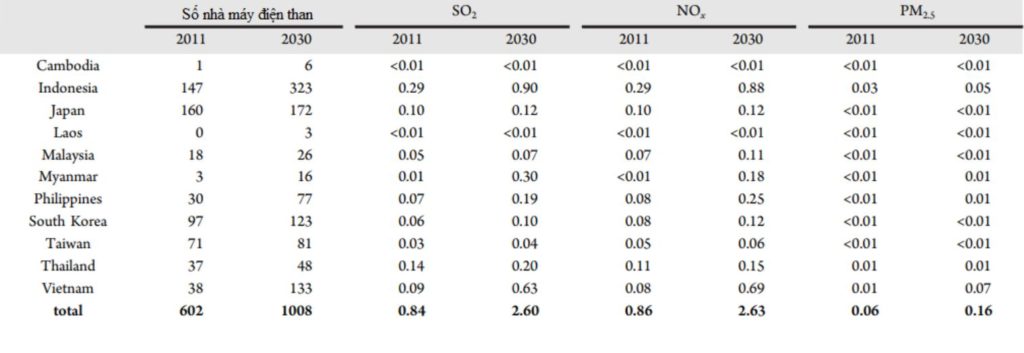
In addition to Indonesia and Vietnam, the third largest Southeast Asian coal emissions death rate is in China, where we expect to hit 9000 premature deaths annually by 2030, because it is close to Southeast Asia and should be greatly affected by air pollution. Myanmar will have the fourth highest mortality rate in 2030.
Vietnam’s southwestern region is about to become the largest coal-fired power center in the country but there is currently no overall environmental impact assessment of the impact of these plants.
Down the Hau River, through the provinces of Hau Giang, Soc Trang and Tra Vinh, we see many coal-fired power plants close to the river are in a hurry to build. Particularly in Dan Thanh commune, Duyen Hai district (Tra Vinh), there were two factories in operation, black smoke and white smoke rush to the sky.
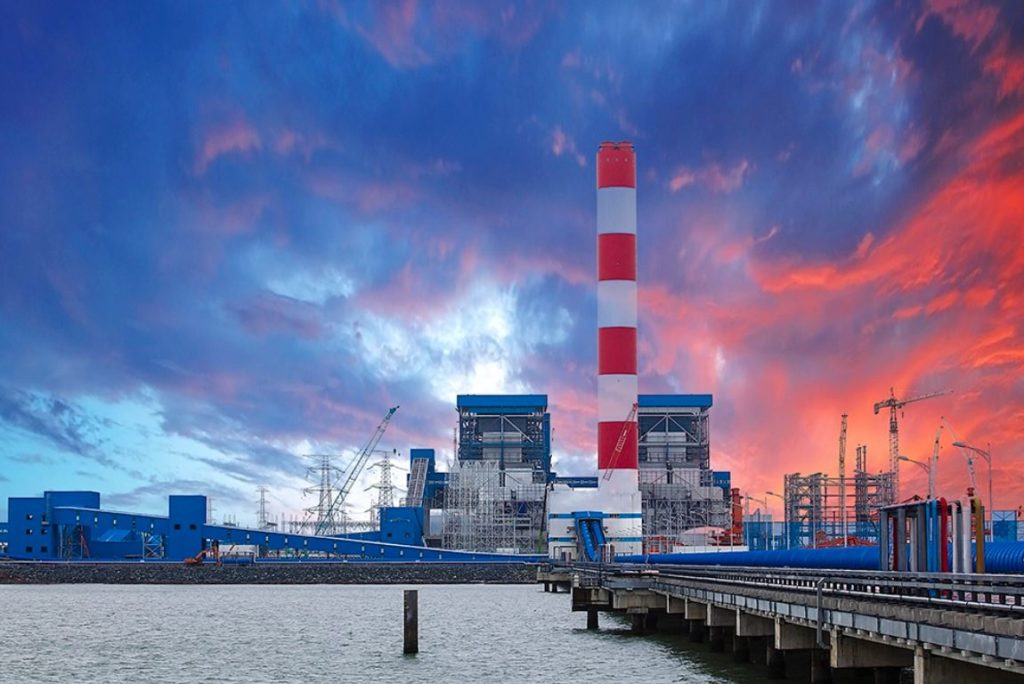
Start operating, people complain
Ms. Ngo My Linh, who is near Duyen Hai Thermal Power Plant, was bored “Looking at the big chimney, people here aren’t happy but less worried. Glad that some of our children are allowed to enter the factory as a worker, each month they earn a few million dong, the food and drink restaurant here is also crowded, earning a little bit. But the damage is serious, especially in the dry season, black dust from the factory radiates everywhere, no one can stand it.”
In the last days of July 2016, being near the Duyen Hai Thermal Power Plant, we also witnessed the plant emanating deafening sounds. Meanwhile, the chimney kept spewing out black pillars of smoke, flying miles away. In early 2016, the salt field in Con Cu hamlet (Dong Hai commune, Duyen Hai district), about 3 km away from Duyen Hai thermal power complex, was also contaminated with black dust, suspected due to the dust of the power plant. The local government inspected and confirmed that there was damage caused by black dust contaminated with salt dust, but the people have not been supported or compensated due to the culprit making black salt … not identified.
While people next to the power plants have suffered, people in the constructing works such as Long Phu Thermal Power Plant (Long Duc Commune, Long Phu District, Soc Trang), Song Hau I Thermal Power Plant (Hau Giang) also feel insecure. “We are not all concerned about the giant paper factory Lee & Man – where there are many concerns that will pollute the Hau River, but now more thermal power plants. People here for many years live on the Hau River, so if this river is polluted, from drinking water to aquatic resources will be affected. At that time, we dont not know how we would live,” said Mr. Le Van Thon, who lives near Song Hau Thermal Power Plant.
The risk of a massive coal power waste dump
Join us on a recent tour of thermal power plants, MSc Nguyen Huu Thien, an expert in ecology and sustainable development in the Mekong Delta (MRD) region, said that the Song Hau and Long Phu thermal power plants are located close to the Hau river. “The Duyen Hai Thermal Power Plant cluster is adjacent to the sea but is also close to the mouth of the Hau River. But the environmental impact assessment (EIA) is only prepared and approved for each individual project, not the general strategic environmental assessment (SEA) for the whole region. The Hau River plays a special role not only in socio-economic development but also in national security and defense, so I think it is necessary to conduct SEA to fully see the impact of thermal power plants on the Hau River,” Thien suggested.
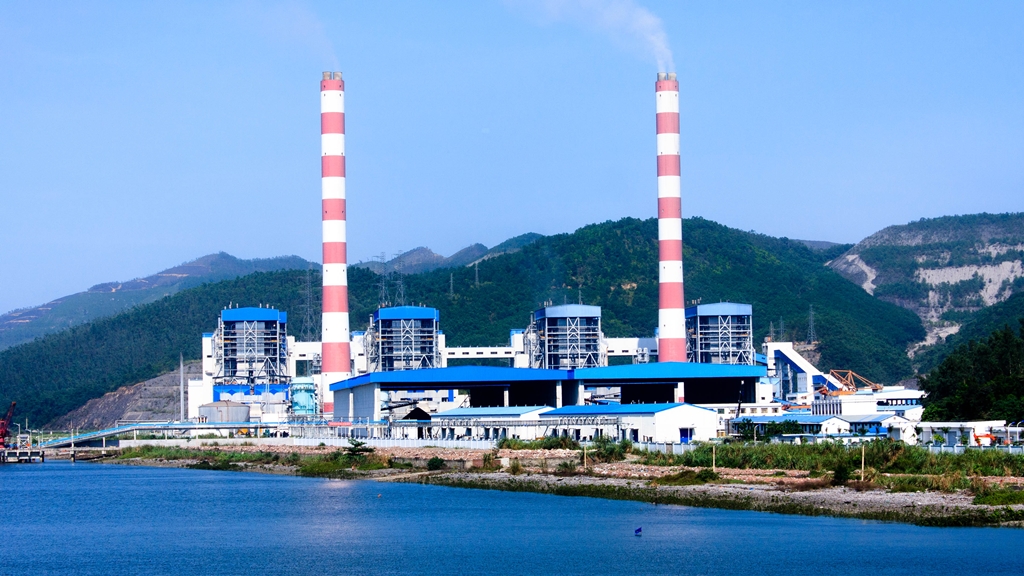
In addition, Mr. Thien also said that EIA of thermal power plants has not been fully reviewed, so the information is not highly reliable. He cited: “In EIA, smoke emission has almost no effect on agricultural production but in reality we see black smoke and there is a situation of contaminated salt. However, the local environmental management agency did not determine the pollution level of thermal power plants. This shows that the responsibility of checking and verifying information in EIA to the actual situation is corrected or just ignored.”
Do Van Ha, an expert in the field of energy, said that the cost of producing electricity from coal is not as cheap as many people think because it has great consequences that increase medical costs, environmental renovation costs, etc. According to him, coal-fired thermal power is the most serious type of polluted energy. Developed countries have banned development and proceeded to eliminate coal thermoelectricity completely. However, Vietnam has developed in the opposite direction. Importing other countries‘ equipment to develop coal power, especially China, will turn Vietnam into the region’s largest coal waste landfill.
The development of coal power in Vietnam in general and the Mekong Delta in particular is unreasonable because it destroys resources, pollutes land and water, and develops in the opposite direction of the world. On the other hand, the Mekong Delta has a good agriculture, rich, sunny, windy. So why not develop biomass, solar power, wind power?” Mr. Ha expressed.
Thu Thuy – Thoibao.de (reported from Hochiminh city)
























